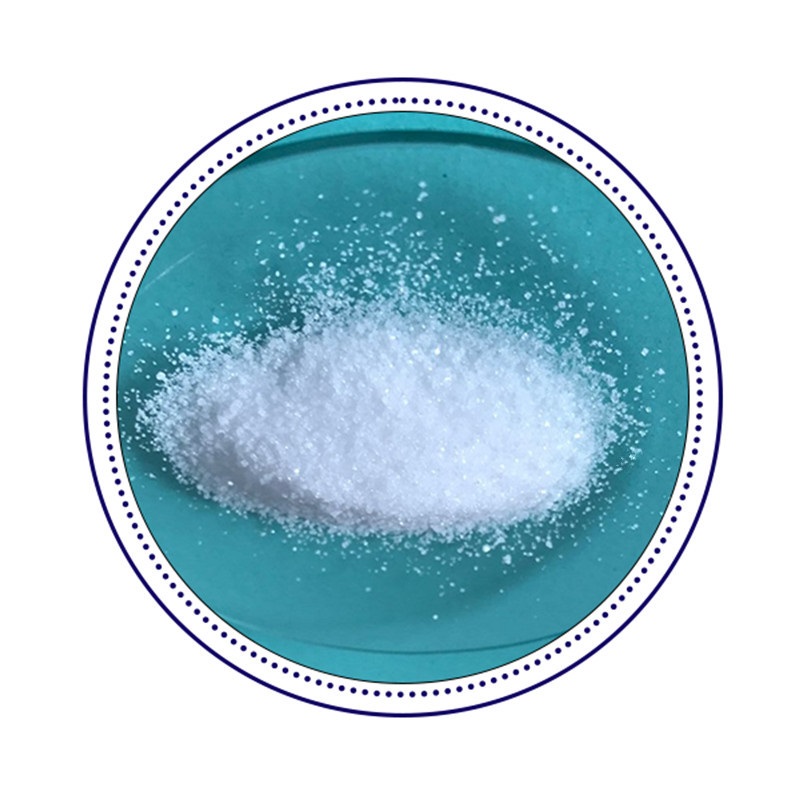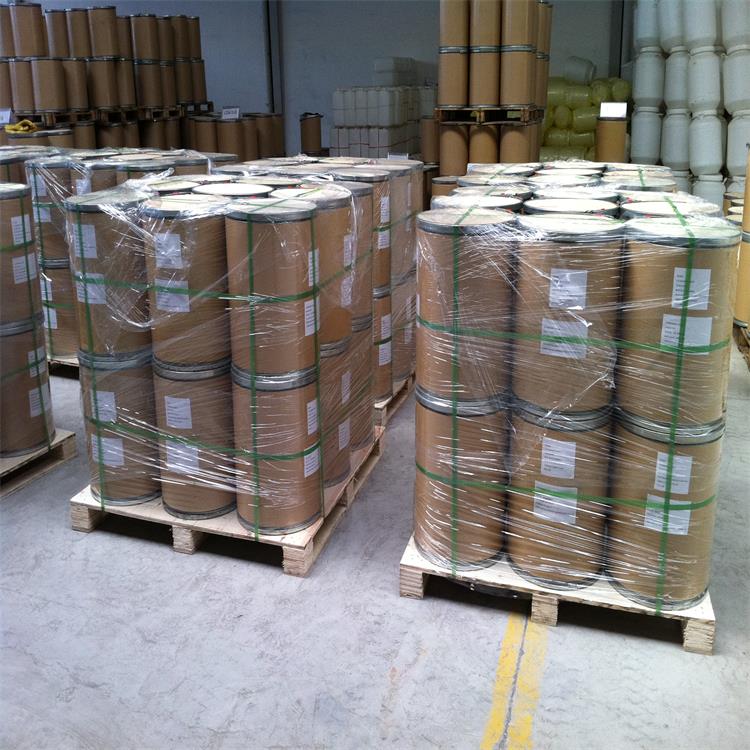Benzyl tributyl ammonium chloride CAS No. 23616-79-7, also called Tributyl benzyl ammonium chloride. Assay 99%min, White to almost white crystal, Melting point 155~153℃.
Cas No. :
23616-79-7Appearance :
White to almost white crystalAssay :
99%minHS Code :
2923900090Molecular Weight :
311.93Molecular Formula :
C19H34NClProduct Name:
Benzyl tributyl ammonium chloride 99%min CAS No. 23616-79-7
Product Description:
Benzyl tributyl ammonium chloride CAS No. 23616-79-7, also called Tributyl benzyl ammonium chloride, belongs to Quaternary Ammonium Compounds. Stable and incompatible with strong oxidizing agents.
Hazard Information: UN 3263 Class 8
Product Specifications:
| Appearance | White to almost white crystal |
| Assay | ≥ 99% |
| Water | ≤ 0.5% |
Applications:
• Benzyl tributyl ammonium chloride is a commonly used phase transfer catalyst, widely used in organic synthesis for amination, cyclization of olefins, and esterification reactions.
• Benzyltributylammonium chloride can be used as a solid electrolyte in electrochemical devices such as lithium-ion batteries and fuel cells. It acts as an ion conducting agent in these devices, assisting in the movement of ions within the battery and improving its performance.
• Used as a functional agent for ion exchange resins in fields such as water treatment, drug separation and purification, and wastewater treatment. It can selectively adsorb or release specific ions, thereby achieving the separation and enrichment of ions in solution.
• Can be used to emulsify, disperse and stabilize liquid systems, such as lotion, emulsions and synthetic fibers. It can also be used for the dispersion of dyes and pigments, surface modification of silicone, and other applications.
| Appearance Picture | Molecular Formula | Package Photo |
 |
 |
 |
Package Details:
• 25KG/fiber drum, 18 drums/pallet, total 9MT per 20'FCL with pallets.
• Other packages as per clients' requests.
Storage & Notes:
Stored in the dark, cool, dry and ventilated place. Avoid moisture and heat. Wash with plenty of water after contact with skin.
Tags :